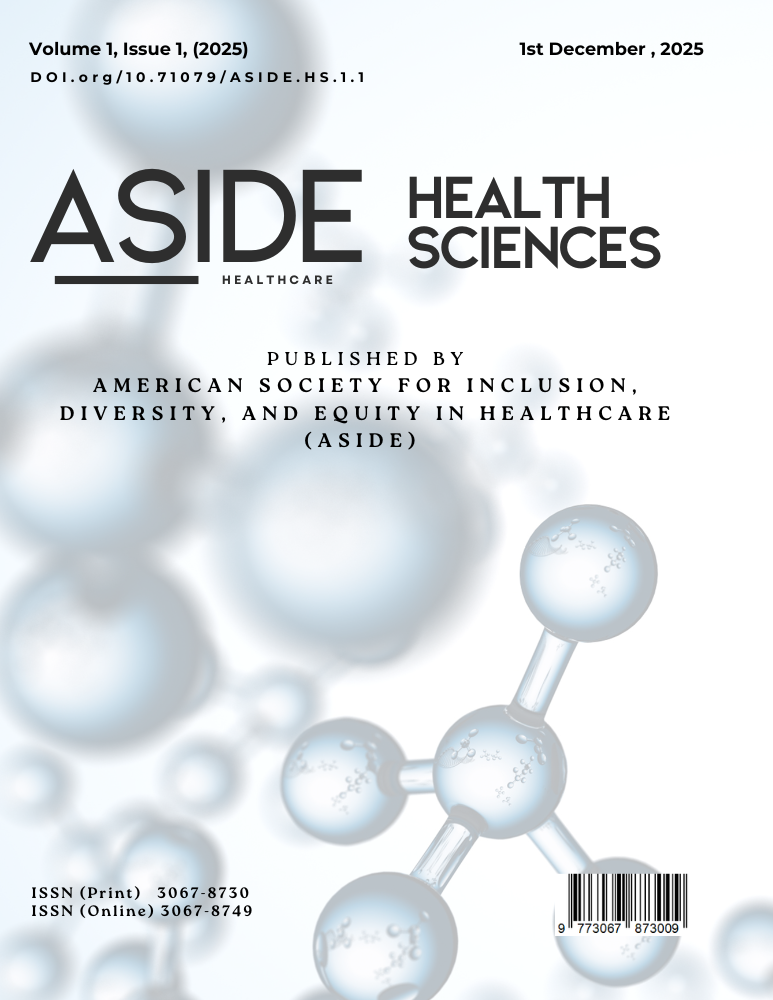Abstract
Introduction: Disinfectants are vital in the pharmaceutical industry's sanitization process and contamination control programs. However, many pharmaceutical companies lack systematic policies for selecting appropriate disinfectants, often relying solely on manufacturer claims, which may not always be reliable. The complexity of existing disinfectant testing methods further complicates proper evaluation, highlighting the need for practical, efficient approaches.
Methods: This study used a simple surface challenge method to mimic real-world pharmaceutical conditions to test disinfectant efficacy. Three disinfectants, 1% Cetrimide, 2.5% Dettol, and 2% Lizol, were evaluated for antimicrobial activity. The test organisms included E. coli ATCC 8739, Salmonella typhimurium ATCC 14028, Pseudomonas aeruginosa ATCC 25619, Bacillus subtilis ATCC 6633, Candida albicans ATCC 10231, and an environmental isolate (Bacillus spp.). All testing was conducted on epoxy-coated floors within pharmaceutical industry premises.
Results: All three disinfectants demonstrated excellent antimicrobial activity against the tested organisms. After a 20-minute contact time, each disinfectant achieved a ≥6-log reduction in test organisms. The comparative evaluation indicated that 1% Cetrimide exhibited superior antimicrobial effectiveness compared to 2.5% Dettol and 2% Lizol.
Conclusions: The surface challenge method offers a practical approach for assessing disinfectant efficacy under pharmaceutical conditions. Among the disinfectants tested, 1% Cetrimide provided the most effective microbial reduction, suggesting its suitability for contamination control in pharmaceutical environments.
References
1. Xi H, Ross KE, Hinds J, Molino PJ, Whiley H. Efficacy of chlorine-based disinfectants to control Legionella within premise plumbing systems. Water Res. 2024: 121794 [PMID: 38824796, https://doi.org/10.1016/j.watres.2024.121794]
2. Ferrer MJC, Lim RKL, Cue RDA, Beltran AB, Damalerio RG, Uba MO. Performance of Stored Electrolyzed Seawater for Disinfection of Pseudomonas aeruginosa. IOP Conference Series: Materials Science and Engineering. 2020: https://doi.org/10.1088/1757-899x/778/1/012038]
3. Willison-Parry D, Yang S, Forng RY, Cirbo T, McMeel A, Kiler B, Phillion C. Disinfectant Efficacy: Understanding the Expectations and How to Design Effective Studies That Include Leveraging Multi-Site Data to Drive an Efficient Program. PDA J Pharm Sci Technol. 2020: 249 [PMID: 31732692, https://doi.org/10.5731/pdajpst.2018.009662]
4. Sandle T. The CDC Handbook-a Guide to Cleaning and Disinfecting Clean Rooms: Grosvenor House Publishing; 2012.
5. Memon I, I. Memon N, Samanta S, Mali R. Study on Disinfectant Products Validation Assessment by Use Dilution as per USP 1072 Standard Method. International Journal of Current Microbiology and Applied Sciences. 2024: 206 https://doi.org/10.20546/ijcmas.2024.1310.025]
6. Kohler AT, Rodloff AC, Labahn M, Reinhardt M, Truyen U, Speck S. Evaluation of disinfectant efficacy against multidrug-resistant bacteria: A comprehensive analysis of different methods. Am J Infect Control. 2019: 1181 [PMID: 31060869, https://doi.org/10.1016/j.ajic.2019.04.001]
7. Joshi SD, Memon DI, Shaikh DT, Khan I, Kumari SSK, Dagha R. Disinfectant Efficacy Testing of Imago & Getter Disinfectant on non-porous surfaces using Surface Challenge Test. Int J Scientific Research & Engineering Trends. 2020: 2395
8. Di Martino G, Pasqua S, Douradinha B, Monaco F, Di Bartolo C, Conaldi PG, D'Apolito D. Efficacy of Three Commercial Disinfectants in Reducing Microbial Surfaces' Contaminations of Pharmaceuticals Hospital Facilities. Int J Environ Res Public Health. 2021: [PMID: 33477614, https://doi.org/10.3390/ijerph18020779]
9. Ceccanti S, Giampieri S, Burgalassi S. Carrier tests to assess the effective sporicidal concentration of a liquid chemical disinfectant for a sanitization program. PDA J Pharm Sci Technol. 2011: 372 [PMID: 22293524, https://doi.org/10.5731/pdajpst.2011.00723]
10. Ahmed M, Abbas HS, Kotakonda M. Fungal Diseases Caused by Serious Contamination of Pharmaceuticals and Medical Devices, and Rapid Fungal Detection Using Nano-Diagnostic Tools: A Critical Review. Curr Microbiol. 2023: 10 [PMID: 37978091, https://doi.org/10.1007/s00284-023-03506-7]
11. Bhosale NK. Evaluation and Comparison of Efficacy of the Surface Disinfectants Used in a Tertiary Care Hospital. IntJCurrMicrobiolAppSci. 2017: 2608 https://doi.org/10.20546/ijcmas.2017.609.321.]
12. Kumar NI, Kulkarni M, BH. B. Selection and microbial control of disinfectants and Int.J.Curr.Microbiol.App.Sci. The publication where this article appeared. 2017: 2608
13. Olasehinde GI, Akinyanju JA, Ajayi AA. Comparative Antimicrobial Activity of Commercial Disinfectants with Naphtholics. Research Journal of Microbiology. 2008: 262 https://doi.org/10.3923/jm.2008.262.268]

This work is licensed under a Creative Commons Attribution 4.0 International License.
Copyright (c) 2025 ASIDE Health Sciences


